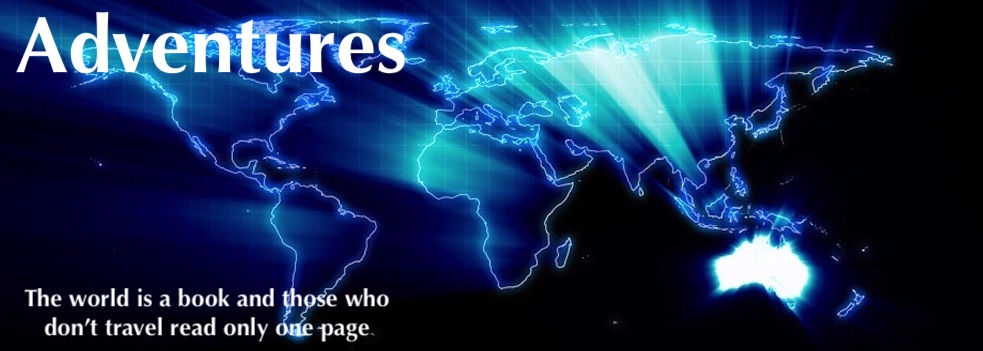There are few places in the world where one can buy an item manufactured in situ. And even fewer where the raw materials to make the object are mined and processed on site by the artisans making the item. Baan Bo Lek Nam Phi in Uttaradit is one of few such places. Knives, swords, buddha figures, and many other items are all created on site by local blacksmiths. In Bo Lek Nam Phi the role of miner, bloomery operator, blacksmith, swordsmith, cutler, and bladesmith is most often the same person.
The ancient process from mining to crushing, from smelting to smithing, from designing to shaping, and from tempering to finishing is succinctly described here.
Along the main ‘tourist soi’ that leads to the museum and ancient hole (termed a ‘well’) from where high quality iron ore was sourced for the king’s swords an artisanal blacksmith has located his forge at the side of the road.
The claims by Baan Bo Lek Nam Phi’s purveyors of the finished products, and the artisans who make them, that the iron ore is sourced from the historic ‘well’ next to the museum is nonsensical.
- Bor Pra Khan
- Bor Pra Saeng
The historic ‘wells’ are known as Bor Pra Saeng and Bor Pra Khan.
These two, ten metre diameter holes about five to six metres deep (the historical ‘wells’) have been undisturbed for years. Assertions from shopkeepers that this is from where the ore comes are patently ridiculous. No websites/social media pages state from where the iron ore is sourced. From lack of research, a don’t care attitude, or being fed BS by the tourist operation village it is unclear why the myth of the ore being sourced from the ancient wells is perpetuated.
- A sample of what’s available in the village
- Woodwork as beautiful as the steel work.
When pushed, shopkeepers and craftsmen will advise that the ore is mined in the immediate vicinity, however, it is subject to some obfuscation. “If you want to see the iron ore being ‘mined’ you need to join a tour – but not today”.
There was no question about the existence of bloomeries, blacksmiths, forges, finishing shops or even the existence of iron ore. But where is it mined?
- Iron ore.
- A disassembled bloomery
- Iron out of the bloomery.
- Furnace
- Red hot iron.
- Nearly finished.
It required a second visit to this unique village to see the solution to the sourcing of the iron ore. At the time of the visit there was little activity along the tourist soi where the museum and historical ‘wells’ are located.
In conversation with a woman who owned a roadside shop selling knives, swords and buddha figures the subject of the ‘mining’ of the iron ore was the main topic. She kept pointing to the historical wells. I kept laughing (out of incredulity) and shaking my head. Although it took a while, eventually, her demeanour and attitude changed, perhaps as she understood what I was seeking and that I wasn’t going to accept the usual BS fed to tourists.
She got on her scooter and said, “follow me”. We stopped 100 metres along the road at her cousin’s premises, walked into the mango orchard across the road and were immediately presented with an iron ore ‘mine’. It was a simple, shallow costean-like trench being hand worked.
- Bo Lek Nam Phi Iron Ore Mine.
Hand tools lay where they had been dropped. There was no telling when the last time the ‘mine’ was worked (it could have been yesterday), however, the ore was definitely magnetic.
- The ore was definitely magnetic.
Satisfied that all components of the iron making process were in evidence and thankful for the help this lady had given us I determined to purchase a knife from her. Instead of returning to her small shop she directed us to their ‘factory’ further along the road. It was here that further questions arose.
The girl with whom we spoke at the ‘factory’ (daughter) gave us a tour of the premises.
- Good use of a tee shirt to keep the sun off.
When I asked about the forge I was directed to an area that clearly was not a forge. More than likely an area to heat and work with resin handles and bases.
This factory appeared to be a ‘finishing operation’ – fitting of handles to blades fashioned elsewhere, cleaning/painting of buddha figures, working of resin – but no forging or smithing of knives. Completed (shaped, sharpened and engraved) blades were in evidence – without handles. No problem – this is an OTOP operation. Production of the knives, swords, buddhas and other items could be a two-, three- or even a four-stage process.
- Heating area.
While it is clear that the great majority of the knives, swords, choppers, buddha figures and other items are made in the village, some shopkeepers are doing themselves and their village a disservice by selling cheaper products not made in Bo Lek Nam Phi.
Despite the obfuscation and even ‘lying by omission’ about the ‘mining’ of the iron ore, Bo Lek Nam Phi Knife Making Village is an extremely interesting destination – but is it unique.
© Kim Epton 2024
892 words, 21 photographs.
Feel free to use any part of this document but please do the right thing and give attribution to adventures.net.au. It will enhance the SEO of your website/blog and Adventures.
See Terms of Use.





















